Conservation action is absolutely reliant on information about the distribution and abundance of butterflies and moths.
Butterfly Conservation uses a number of survey techniques to gather this information.
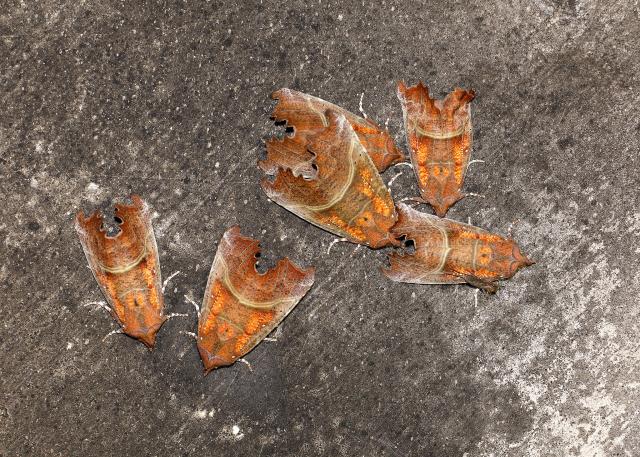 |
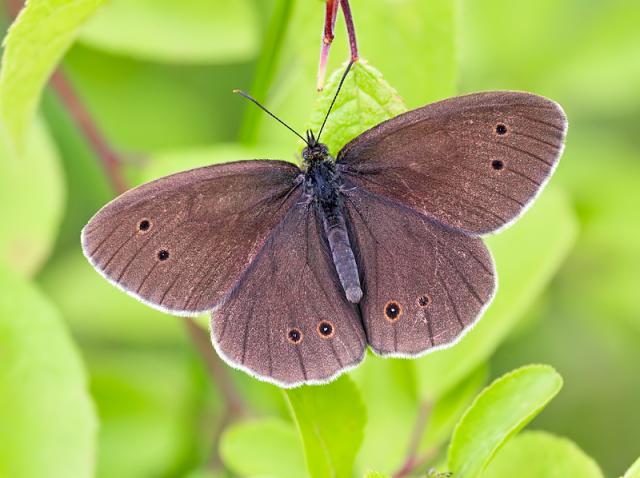 |
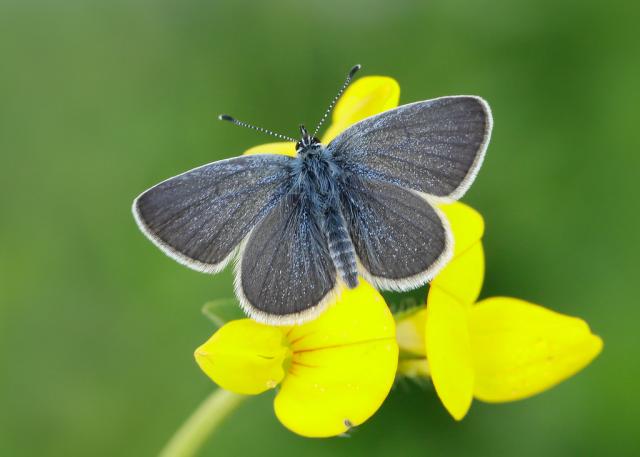 |
Hibernating HeraldsThe Hibernating Herald project is finding out more about the overwintering distribution of Heralds in Scotland. We need your help to find new sites by checking dark corners of unheated outbuildings in your garden or looking in suitable dark places when you are out and about. |
Wider Countryside Butterfly SurveyThe UK Butterfly Monitoring Scheme, run by Butterfly Conservation and the Centre for Ecology and Hydrology, has in recent years developed the Wider Countryside Butterfly Survey (WCBS) method to gauge the changing abundance of widespread species in the general countryside. |
Small Blue SurveysThe Small Blue butterfly continues to be an important focus of survey and conservation work for the branch, with activities based mainly in coastal areas. This is a priority species in the UK Biodiversity Action Plan which has suffered a significant contraction in range over recent decades. |
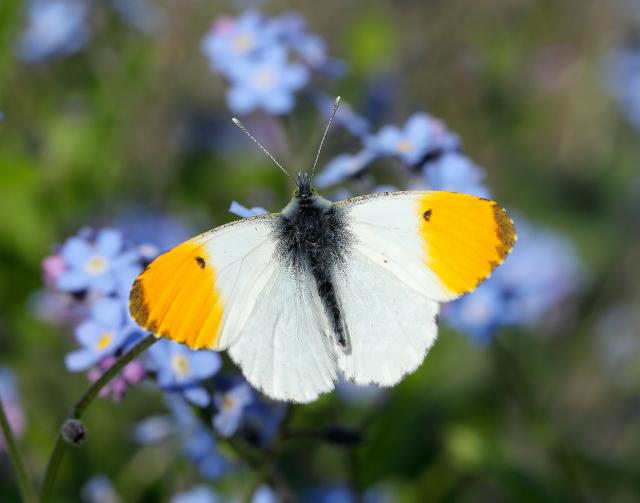 |
 |
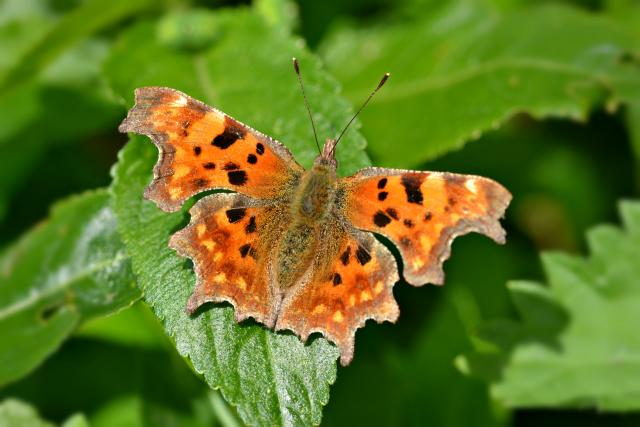 |
UK Butterfly Monitoring Scheme (Butterfly Transects)The Butterfly Transect is a walk along a set route that is divided into separate sections. In each of these sections the number of butterflies are counted along with the climatic conditions. Using this method comparisons can be made year-on-year and between transects. The UK has over 1500 recorded sites going back a far as 1976. Scotland has a growing number of transects, many of which are located here in the East Scotland branch. The transect is an enjoyable way of getting to know a site well and all the butterflies in that site. A weekly commitment is usually required and usually groups of walkers share such a walk. The walk is done from April till September every year. |
National Moth Recording SchemeThe National Moth Recording Scheme (NMRS) collates records of all species of moths across the UK. The Atlas of Britain & Ireland's Larger Moths published November 2019 has been largely based on the records of this ongoing survey. As well as these macro-moth records the NMRS also collates the smaller, micro-moth species too. The NMRS is open to all and anyone can help record moths. Many moths are active or easily disturbed during the day, and records of these are just as important as nocturnal species. Please send the details of your sightings (species, date, number seen, place and grid reference) to the appropriate County Moth Recorder so that they can form part of the NMRS. |
Fife and Clackmannanshire Butterfly MapsThese maps cover the 26 species with records from Fife and Clackmannanshire over the last 10 years. The County Records include a full data set for these years. Prior to 2010 the County Records do not include all the data from the UKBMS transects. Further maps with historical data will be added at a later date.
|
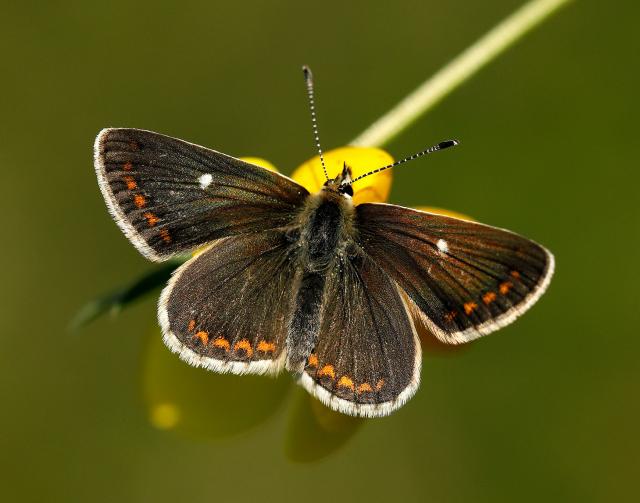 |
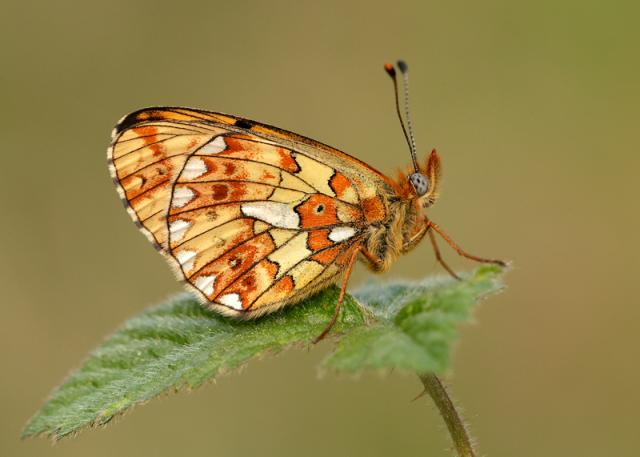 |
Northern Brown Argus SurveysThis butterfly is another UK Biodiversity Action Plan Priority Species and Eastern Scotland probably holds the majority of sites with colonies. Consequently survey work, site monitoring and conservation activities remain important. |
Pearl-bordered Fritillary SurveyThe Pearl-bordered Fritillary is a UKBAP Priority Species and is included on the Scottish Biodiversity List. It has recently been designated a Species Action Framework Species by SNH. Although still relatively widespread in the UK, most colonies are small and vulnerable to changing management It has declined rapidly across the UK, particularly in England, and Scotland is now the major stronghold but we believe it is still under-recorded with many sites having few recent records, hence the need for this survey. |

